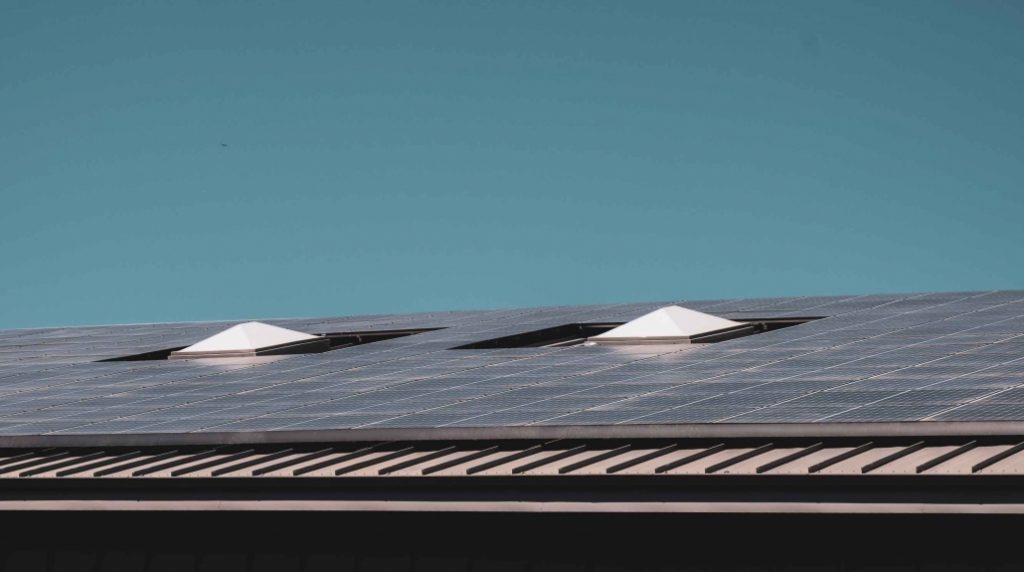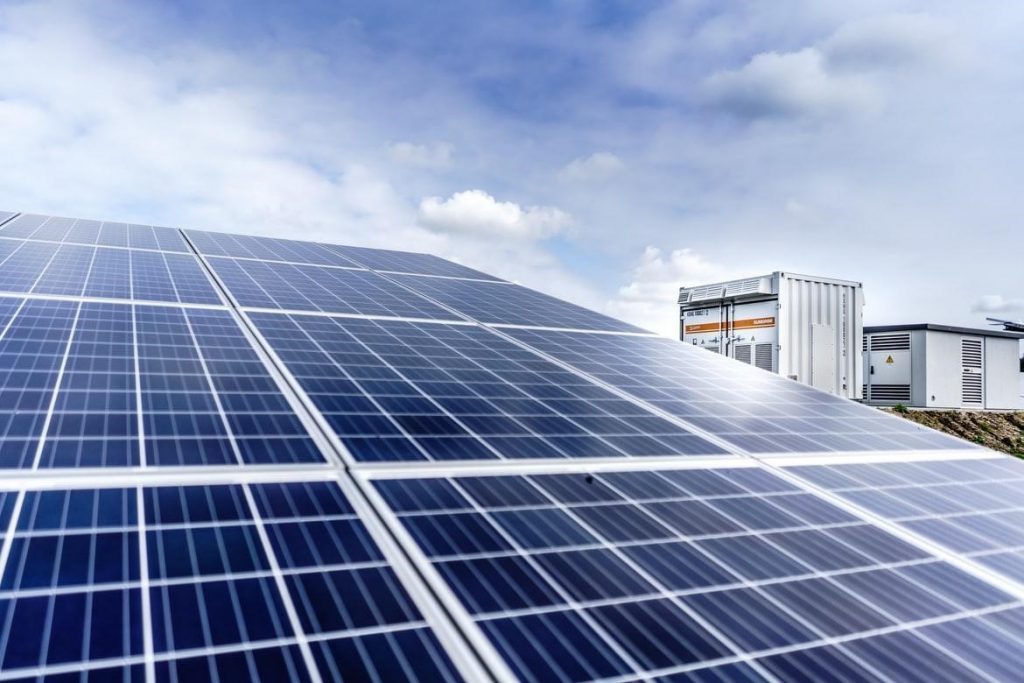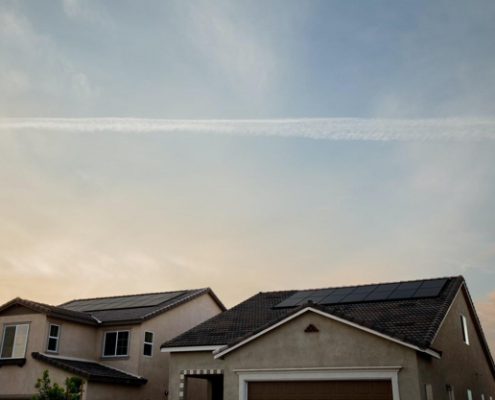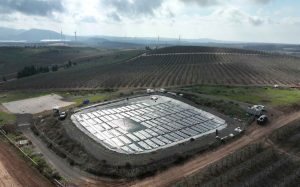Do I Need a 400-watt Solar Panel?
As our world grows increasingly dependent on green technology, the demand for environmentally-friendly, efficient energy capture has exploded. Solar panels have naturally become a favored solution, and for good reason: they’re a renewable, cost-saving resource that can be installed quickly and at an affordable price.
But not all solar panels are created equal. One of the most important factors to consider when shopping for solar panels is their wattage capacity, and understanding this metric can be the difference between a worry-free installation and one rife with issues.
Simply put, the wattage of a solar panel determines how much energy it can produce in a given amount of time. This has implications for both the size and cost of the system. Larger wattage panels will be more expensive, but they will also produce more energy.
For most homes, 400-watt solar panels offer a good balance between affordability and efficiency. They’re big enough to provide significant energy savings, but not so large that they’re unaffordable or difficult to install.
In this article, we’ll learn all about 400-watt solar panels, including their specifications, what they can run, how much they cost, and more.
Let’s get started!
WHAT ARE 400-WATT SOLAR PANELS?
Solar panels come in many flavors – from the small panels used to power calculators and watches, to the large arrays used to provide power for a home or business.
Over the last thirty years, as the technology underlying both solar panel and microinverter efficiency has matured, the size of consumer solar panels has slowly decreased.
400 watt solar panels are considered a mid-level tier; they can generate enough power to cover most small electronics and appliances, while avoiding the price tag of some of the bigger, more industrial-sized arrays.
SPECIFICATIONS
In general, solar panels are graded by their wattage. The higher the wattage, the more power the panel will produce. 400-watt solar panels are a popular choice for homeowners and businesses because they offer a good balance of both price and performance.
Most 400-watt solar panels have an efficiency rating of approximately 20% – 21%. This means that for every 1 square meter of solar panel hit by 1,000W of sunlight, between 200-210 watts will be converted into usable electricity. Differing climates and conditions can affect this number, but it’s a good estimate to use when comparing setups.
The size and shape of a solar panel can vary depending on the manufacturer. Most panels measure about 79 inches by 39 inches and weigh approximately 50 pounds. This makes them relatively easy to install, even for a novice or DIY-homeowner, and they can usually be mounted on a roof or other surface using standard hardware.
For the more technically-minded, here’s a hardware spec sheet for an average 400-watt solar panel.
● Maximum power (Pmax): 400 watts
● Open circuit voltage (Voc): 48.6 volts
● Short circuit current (Isc): 10.33 amps
● Cell type: Monocrystalline
● Frame: Anodized aluminum
● Dimensions: 78.7” × 39.1” × 1.38”
● Weight: 49.6 lbs
Note that this isn’t representative of all 400-watt solar panels – some will be a few inches bigger or smaller, or weigh a little more or less – but it should give you an understanding of what to expect before you begin an installation.
HOW MANY AMPS PER HOUR CAN YOU EXPECT OUT OF A 400-WATT SOLAR PANEL?
Though wattage is an important factor to consider when purchasing solar panels, it’s not the only thing you need to think about. The amp hour rating is also important – this tells you how much current the panel can produce in a single hour, and understanding current is critical when planning your solar energy system.
That said, amp hours depend on both temperature and sunlight. Assuming moderate weather, most 400-watt solar panels have an amp hour rating of around 25-30, which is more than enough for most small to medium applications. Keep in mind that this number may vary depending on the specific make and model of panel you choose.
With solar technology rapidly evolving, it’s usually best to buy for the future; instead of opting for the lowest amp panel, choose one with a higher amp hour rating so you’ll have plenty of current to grow with as your electrical needs evolve.
HOW MUCH ELECTRICITY DOES A 400-WATT PANEL PRODUCE?
Electricity production varies depending on a number of factors, including location, climate, and panel angle. However, in general, you can expect a 400-watt solar panel to produce somewhere in the neighborhood of 1 kWh to 2 kWh of energy each day.
This is enough to power a number of devices and appliances, including lights, televisions, mini-refrigerators, fans, and more.
It’s also worth noting that 400-watt solar panels are typically more powerful than their smaller 250-watt cousins, making them a good choice for mid-to-large-sized homes or businesses that are looking to go green.

WHICH APPLIANCES CAN A 400-WATT SOLAR PANEL RUN?
A 400-watt solar panel can easily power most consumer devices like laptops, gaming consoles, televisions, fans, printers, and more.
If you’re looking to be a bit more creative, a 400-watt solar panel could even power an average-sized RV on a camping trip.
Generally, singular 400-watt solar panels are middle-of-the-road in terms of their capacity. That said, you’ll run into problems with more energy-intensive appliances like washing machines, dryers, or microwaves.
But most of the time you’ll be installing a 400-watt panel as part of a larger array. Multiple 400-watt panels produce enough power to work well as an all-around power solution and should help you supply these larger appliances.
Keep in mind that the amount of energy a solar panel produces depends on several factors, including its size, angle of tilt, and weather conditions. By installing your solar panel in a location that gets plenty of sun exposure, you can maximize its efficiency and ensure that it runs at its full potential.
HOW MANY 400-WATT PANELS DOES IT TAKE TO POWER A HOUSE?
The short answer: it depends on your electrical needs!
On average, most homes require ~30 kWh/day to run comfortably. This means, with an average of four hours of sunlight per day, you would need ~nineteen 400-watt solar panels to completely power your home, which corresponds with a roof space of approximately 320 square feet.
Keep in mind, however, that this number can vary greatly depending on the size and layout of your house, as well as your electricity needs. For example, homes in colder climates will require more power to run heating systems; they also typically receive fewer sunlight hours throughout the year, compounding the complexity of the answer.
Generally, though, 400-watt solar panels are an excellent and cost-effective way to power a house. With rising energy prices, solar will only grow more attractive as an investment over time.

CAN HOYMILES MICROINVERTERS BE USED TO POWER A 400-WATT PANEL?
Though solar panels usually get most of the credit, it’s actually the microinverter that often makes solar such a feasible energy solution.
Microinverters sit underneath the solar panel and play a crucial role in converting solar energy from direct current (DC) to alternating current (AC). Since almost all homes use AC, they’re one of the most important parts of any robust green energy system.
Because all of the energy collected from your solar panel will pass through your microinverter, they’re critical in determining the energy efficiency, profitability, and consistency of your solar panels. That’s why it pays dividends to choose the best one for your setup.
Hoymiles offers a range of powerful, compact microinverters that suit installations of all shapes and sizes, from 300W to as high as 2,250W. Our industry-leading products minimize wasted efficiency during the conversion process and are built to last.
Compliant with green energy standards, Hoymiles microinverters are easy to install, adjustable, and come with an external antenna that lets you use an app to monitor your energy production simply and reliably.
It’s all part of our vision to help make the world a cleaner, more sustainable place. Not sure how to get started? Reach out and we’ll happily connect you with an installer.
HOW MUCH DOES A 400-WATT SOLAR PANEL COST?
Though prices vary depending on your specific region, the current cost of a 400-watt solar panel is roughly US$310.
To some, this may look steep; however, keep in mind that a solar panel is a long-term investment that both pays for itself and has remarkable environmental benefits.
On average, a 400-watt solar panel will offset its own cost within approximately three years. That said, they can pay for themselves faster or slower depending on where you live.
California, for example, has a median energy cost of US$0.220/kWh. Since a 400-watt solar panel produces ~700kWh per year, you’d save ~US$154 – a payoff period of almost exactly two years.
Texas, with its lower US$0.126/kWh rate, would yield you closer to US$88. In this case, it would take closer to three and a half years to break even.
Before making your purchase, we recommend taking the time to research average energy consumption costs in your area.
Not sure quite how to get started? No problem – Hoymiles is here to help. Our professional solar installation network can provide you with all the information you need to get started. Reach out today and make the switch to environmentally responsible, affordable energy.




